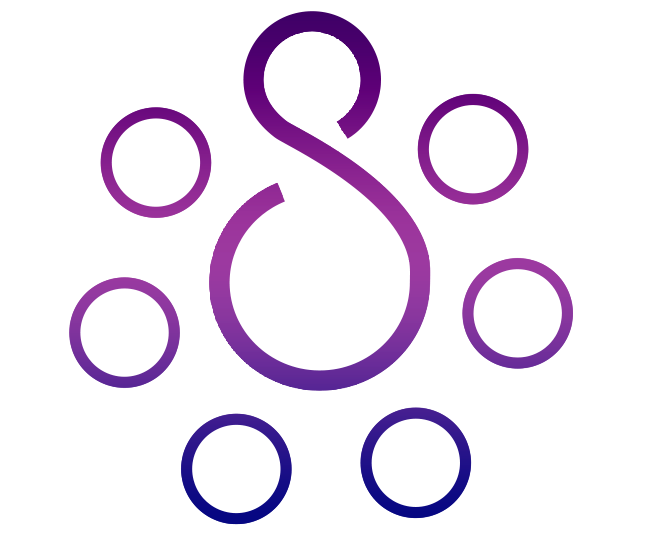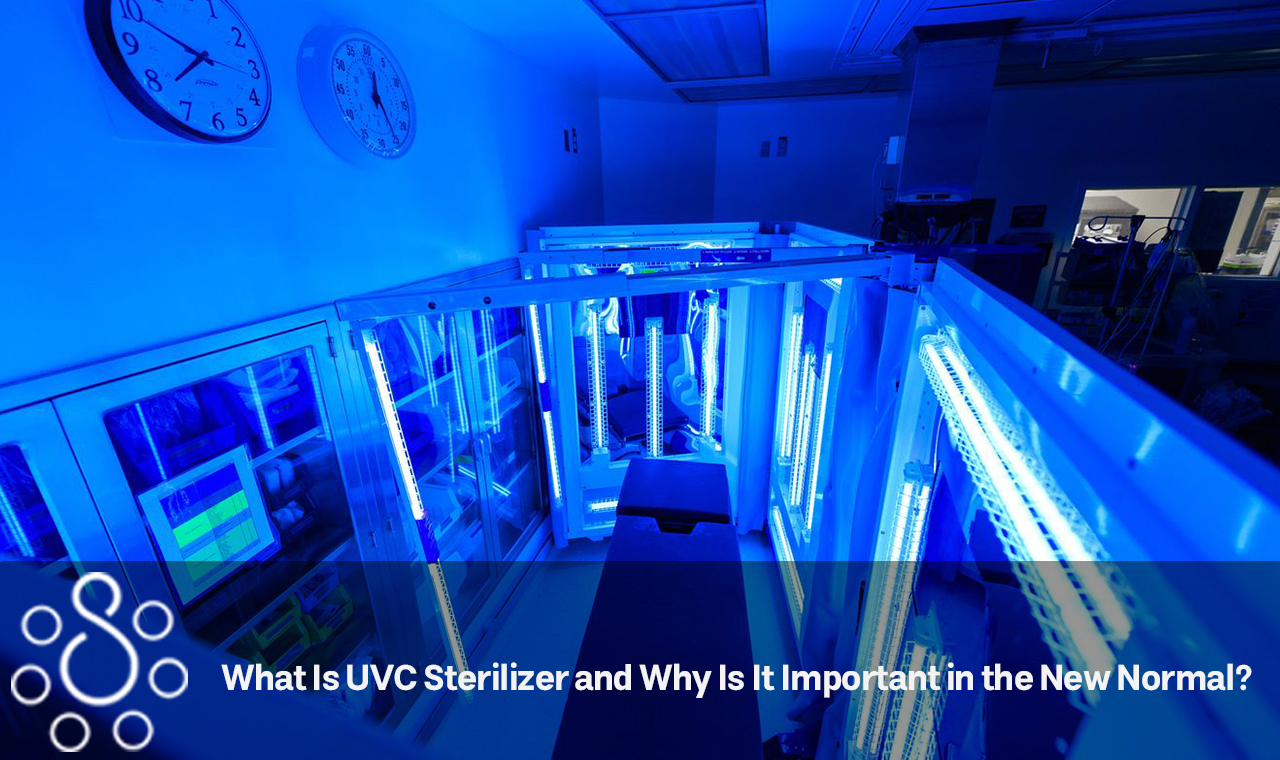For millennia, humans have been aware of the effectiveness of sunshine or ultraviolet radiation in killing pathogens. This cultural legacy has been transmitted down to the present day and beyond. The use of high-energy ultraviolet C (UVC) has been extended to public health applications, such as the effective eradication of germs that were responsible for severe epidemics of SARS and MERS in the past. UVC has been more significant in recent years, particularly during the COVID-19 pandemic, as a result of the “New Normal” lifestyle, which necessitates meticulous attention to personal cleanliness and sanitation in order to prevent infectious infections. Portable UVC devices are now available for purchase by the general public in order to kill germs in the air, water, food, money, coins, banknotes, masks, and other items. Despite the fact that the mystical UVC sterilizing devices have been demonstrated to eradicate 99.99 percent of germs, Chula Vista University academics cautioned that they may pose a risk of skin cancer and cataracts if not used with caution and full knowledge. In the continuation of this article, we are going to explain what UVC sterilizers are and what their applications are. Follow us.
In today’s society, UVC is prevalent.
UVC devices have been utilized in hospitals and industrial settings to disinfect food and ventilation systems, among other things. Recently, devices have begun to be utilized in daily life, and their usage may be taken for granted at times. For example, they are used to sterilize cutlery in cafeterias and banknotes, among other things. As the threat of the COVID-19 pandemic continues to loom, sterilizing equipment has risen to the top of everyone’s shopping list. Therefore, an increasing number of UVC devices are being developed and scaled down for domestic use so that people can afford them.
For example, a UVC sterilizer box can be used in households with toddlers, elderly people, people suffering from allergies, or those who require extra cleanliness in their surroundings. Portable UVC LED sterilizing wands are also available, which users may take along with them to eliminate airborne bacteria as well as germs present in food, cash, and other goods.
Related Article: Differences between UVA, UVB, and UVC
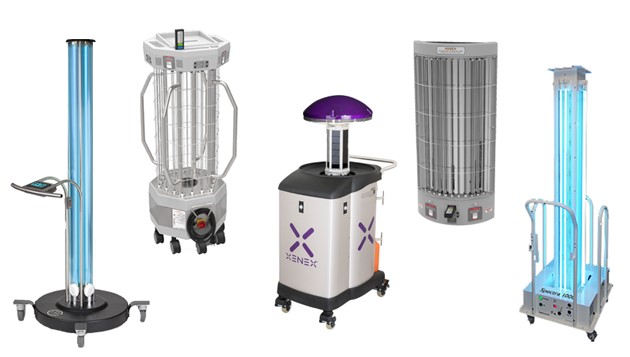
What is the source of UVC?
The sun emits radiation at a variety of wavelengths, the majority of which are invisible to the naked eye. The shorter the wavelength, the more powerful the radiation and the higher the risk of injury. The wavelengths of ultraviolet (UV) light that reaches the Earth’s surface are between 290 and 400 nm (nanometers, or billionths of a meter). This is shorter than visible light wavelengths, which range from 400 to 700 nm. The sun’s ultraviolet radiation has always played a significant role in our environment, affecting practically all living species. To cope with it, a variety of biological activities have emerged. However, the effects of UV light at various wavelengths vary, and we must live with both the detrimental and beneficial effects.
UV-A radiation, which has longer UV wavelengths of 320–400 nm and produces sunburn on human skin and cataracts in our eyes, is both beneficial and detrimental. It aids in the creation of Vitamin D by the skin and is bad in that it causes sunburn on human skin and cataracts in our eyes. Shorter wavelengths of incoming light, 290–320 nm, fall within the UV-B region of the electromagnetic spectrum. (UV-B includes light with wavelengths as low as 280 nm, but radiation below 290 nm reaches the Earth’s surface in very small amounts.) UV-B damages the essential building block of life at the molecular level (DNA).
The efficiency of UVC sterilizers
Ultraviolet Germicidal Irradiation (UVGI) is a procedure in which a blue UV lamp is used to beam ultraviolet C rays onto things that are suspected of harboring germs. The rays will get into the germs’ DNA and RNA, destroying them, stopping them from reproducing, and finally killing them.
When used properly, UVC sanitization has several advantages. To be safe, the user must understand how to use the UVC sanitizer, as well as other disinfection methods. Large amounts of UV radiation are known to be detrimental to people. The Lumin products include an automatic off switch that turns on when they detect movement or when you walk away from the items, you’re cleaning.
Keep in mind that UVC sanitizers use more UV light than natural sunlight. Incorrect usage may cause corneal damage and a sunburn-like reaction. To effectively sanitize surfaces and goods, you must follow the manufacturer’s instructions. Although some UVC sanitizers use intense UV light that may harm people, some UVC light is effective in destroying germs and is safe for humans. Many high-end goods utilize far-UVC light to safely eliminate microorganisms. Ozone is used to clean some objects.
The advantages of UVC sterilizers as compared to other methods of sterilization
UVC sanitizers are quite popular. UVC lights kill germs, viruses, mold, and fungus. These gadgets are popular since companies like Lumin promise to eradicate 99.99 percent of germs and viruses without the risk of becoming immune. This gadget is simple to operate and responds quickly. The advantages of irradiation include the fact that it takes little time, can be used as frequently as required, is affordable, is simple to use, and will not damage the surface of the items or leave any residuals, making it a better option than using alcohol or disinfectants to clean them. Furthermore, when used on face masks, it will not damage the fibers of the mask, making it excellent for cleaning items that will be reused in the future. UV light sterilizers are also budget-friendly and can be portable and taken with you.
There are different kinds of UVC sanitizers for different purposes and applications:
UV air disinfection/odor treatment
UV technology has over 30 years of experience in the field of ultraviolet air disinfection. In this case, microorganisms are able to float freely in the air of a room while being treated by ultraviolet C radiation. This is significantly more efficient than the standard methods of cleaning the air, which are often ineffectual in their disinfecting capabilities. The use of UVC sterilizers for air disinfection will result in a significant decrease in the number of airborne organisms present in a room. Air is driven into the irradiated zone of a UVC air disinfection device by natural convection, which is the most basic step in the process of air disinfection with ultraviolet light.
Consequently, the risk of airborne infection, which is a contributing cause to a wide range of diseases, is significantly decreased. The use of circulation disinfection systems with integrated ultraviolet C lamps is an alternate option. This is a solution that may be used in HVAC systems, for example. A significant benefit is that the ultraviolet light is protected, which is a critical health and safety factor for any application in which ultraviolet radiation is present.
Related Article: How to use a UV sterilizer box
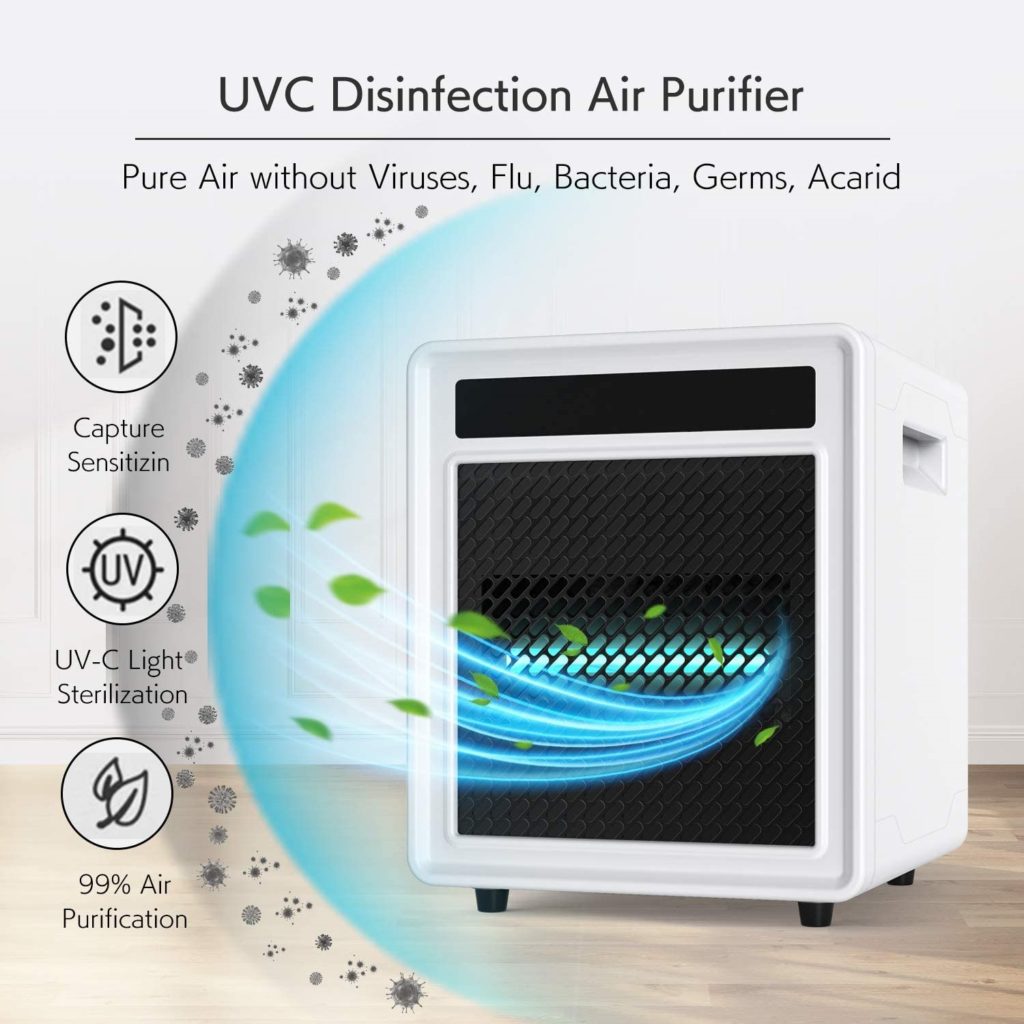
UV surface disinfection
It is used to destroy germs and inhibit the spread of bacteria and fungus on surfaces using ultraviolet light (UV). For example, in the packaging business, ultraviolet disinfection equipment is utilized to ensure that packing materials are effectively and efficiently disinfected. Another example is the food business, which makes use of ultraviolet light to extend the shelf life of food goods. These are just a few examples of situations in which ultraviolet surface disinfection is employed.
It is important to note that the success of ultraviolet surface disinfection will vary depending on the type of material being disinfected. Specifically, this refers to both the type of germ (e.g., the bacterium coli bacteria and their stains) and the texture of the surface being discussed. Disinfection can only take place if the bacteria come into contact with the UVC sterilizer. In other words, the roughness of the visible surface should not be excessively coarse.
Related Article: Are UV sanitizers effective? What You Should Know Before Making One
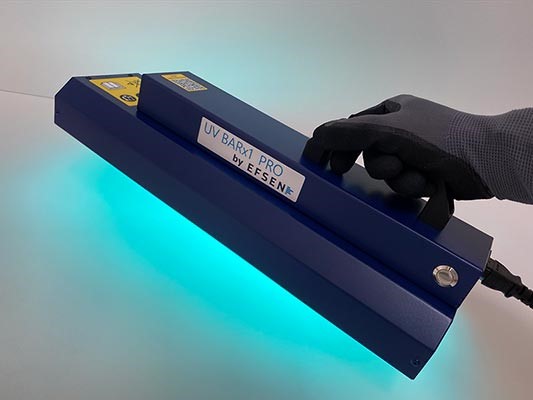
Water disinfection with UVC sterilizer
Worldwide, the use of UVC sterilizer technologies and systems to purify water is becoming more widespread. The strategy is fascinating because it significantly reduces, and in some instances totally eliminates, the necessity for the use of chemical compounds during the manufacturing process, which is advantageous. Whether to use UVC low-pressure lamps or UV medium-pressure lamps for UV water treatment is based on the application and may be carried out in a number of different ways. With a broad variety of applications, including municipal companies, ballast water, waste water, and drinking water, UV Technik’s mission is to collaborate with customers to develop solutions that fulfill their demands in a cost-effective manner.
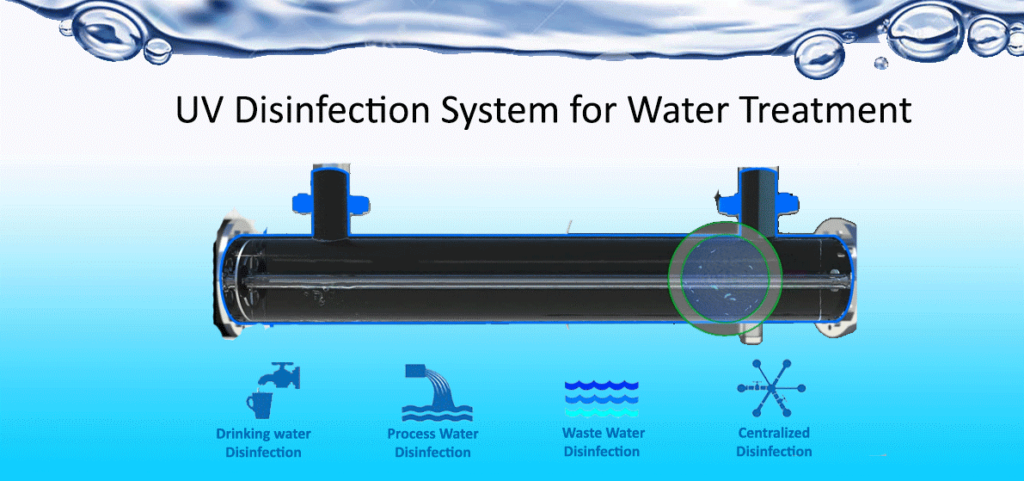
UV disinfection cabinets
UV disinfection cabinets, also known as UVC sterilizers, are easy to use and guarantee that all equipment is sterile at all times. They are made to the highest standards in order to provide dependable and sterile outcomes. UV cabinets are used to eliminate germs without the use of heat or chemical agents. With our knowledge and experience in the area of ultraviolet disinfection, we can help you obtain the precise solution that you want for your application. [
related article: What Is a Toothbrush Sanitizer?
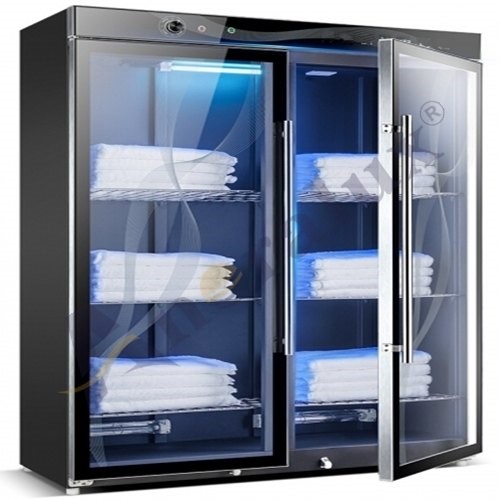
UV disinfection lamps
UVC-low pressure lamps generate UV light mostly in the range between 254 and 185 nm, which is the most common wavelength. The 185 nm line may be blocked or allowed to travel through by employing various types of quartz glass, depending on the application. As a result, ozone-free or ozone-producing lamps may be made to meet the specific requirements of the client.
The low pressure lamps are divided into two categories: UVN (regular LP-or high-output lamps) and UVI/UVX (Ultraviolet/UVX) (amalgam lamps). Low-pressure bulbs are available in almost any design imaginable. The U-shape is particularly popular since it allows for an incredibly small installation. All lights are designed to be used in both air and water applications.
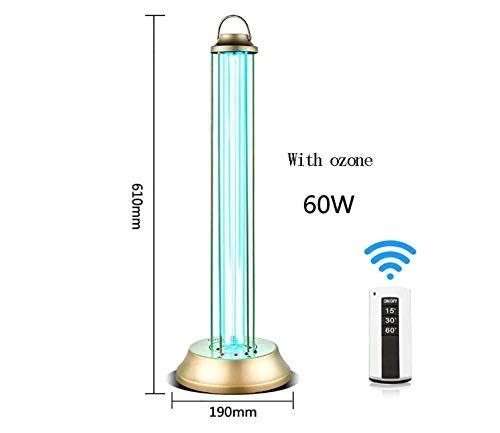
UV measurement sensors
UV sensors for the dependable monitoring of UV systems are available from UV Technik International in a variety of low-maintenance configurations. Additionally, in addition to the DVGW and NORM sensors, there are a variety of customer-specific designs available, such as explosion-proof sensors (ATEX), 360-degree sensors, hermetically sealed sensors, and digital sensors. For approved DVGW and NORM systems, it was also provided the relevant sensor windows as well as other accessories, including monitoring and control systems. Water treatment, ballast water, waste water, process water, swimming pool chlorination, TOC-analysis devices, TN/TP-digestion, and air disinfection are just a few of the applications for UV sensors.
Related Article: 5 surprising ultraviolet uses for the hospitality industry
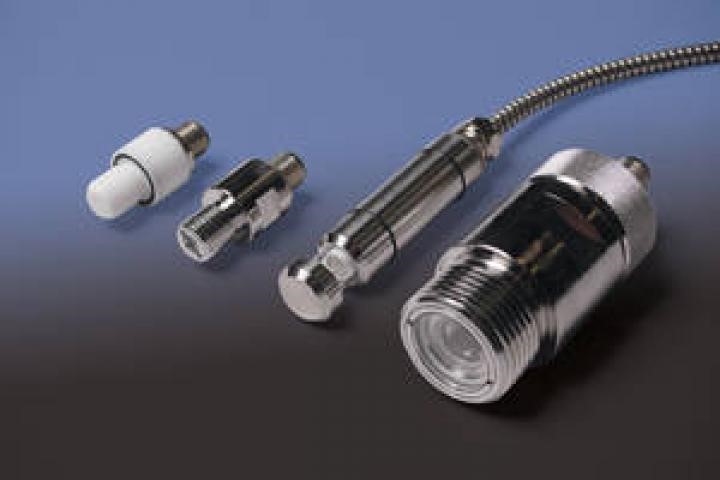
UV lamp power sources
The electronic power supplies of EPS-series are intended to run very low-pressure UVC lamps under a variety of operating conditions. They are intended for use with ultraviolet lamps with bulb powers ranging from 4 W to 1,200 W. It has been specifically designed for the operation of amalgam low-pressure UVC lamps, which is represented by the MLC family of modular lamp controllers. These UVC sterilizers are intended for use with lamps that have a maximum light power of 1,000 watts or less. Because of the modular design, the system is assured to be universally applicable and may be customized to meet the specific requirements of any client.
Viruses and bacteria are destroyed without immunity
If you’ve heard anything about the abuse and misuse of antibiotics, you’re definitely familiar with the concepts of viral and bacterial immunity as well. In the pharmaceutical sector, this immunity is swiftly becoming a source of worry, as bacteria that were previously eliminated by basic medications such as penicillin are gaining resistance to previously effective therapies, which is a source of concern. Due to the rising resistance of microbes to antibiotics, this immunity poses a significant threat to human health, requiring the creation of ever-more potent drugs to battle them.
In the long run, the method will be an uphill battle since germs will constantly acquire resistance to stronger medications as new ones are discovered and created. Although this presents a substantial danger, many specialists are worried about the possibility of creating super bugs that are immune to treatments as a result of actions. However, UV light disinfection may be a viable alternative strategy for destroying germs without affecting disease immunity. Disinfection using UVC sterilizers, as opposed to normal antibiotic disinfection, is a physical method of destroying pathogens. Instead of using antibiotics or chemicals to kill germs, UV light sanitizers use a physical method of killing bacteria by interfering with the processes that allow them to multiply, such as the production of DNA.
Related Article: Does your child drink water from a private well?
Portable UVC sterilizers
Many factors are contributing to the increasing popularity of ultraviolet C sterilizers, one of which is their portability. This may be considered a key benefit of the UVC therapy process. This eliminates the need to invest in a low-cost, permanent device that can only be used at the location where it is installed, resulting in significant financial savings. The Lumin Wand, for example, may be used to sterilize your products everywhere you go.
You can use it at home, at work, or at any other location where you feel the need to disinfect your items. Furthermore, UVC light products are available in a variety of forms and sizes, and they may be used for a broad variety of applications and operations, as previously mentioned. UVC wands, for example, may sanitize services while they are in motion, while other devices may seem to be nothing more than a cleaning box disguised as a sterilization device. This box may also be used to disinfect items such as masks, mobile phones, keys, and other personal possessions, among other things.
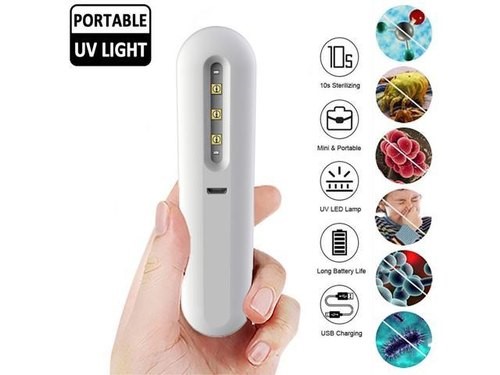
Precautions should be taken while using irradiation equipment.
The fact that this kind of irradiation equipment releases such a large quantity of very destructive energy necessitates the use of extraordinary caution in order to prevent the radiation from coming into contact with the skin, where it has the potential to cause skin cancer. Aside from that, avoid gazing directly at the sun since it is harmful to the eyes and may cause cataracts to form. In order to minimize radiation exposure, it is required to utilize UVGI as a UVC sterilizer equipment with enough radiation shielding to protect the operator.
related article: How UV-C LED Light Can Help your Rental Customers
Is it necessary to install UVGI devices in certain locations?
Suitable locations for UVGI devices include facilities that accommodate large groups of people for extended periods of time. These include facilities such as hospital wards, classrooms, movie theaters, auditoriums, skytrains, public restrooms, offices, food pantries, and cafeterias, to name a few examples. ultraviolet C (UVC) lamps can be installed in a variety of locations, including the HVAC system. Due to the fact that UVGI emits radiation in the same manner as an oven, if it is intended to be used in a room, the room’s dimensions should be taken into consideration when selecting the appropriate wattage for the device. As a general rule, proper irradiation is ensured when the room has sufficient space and no blind spots created by corners or obscuring objects, among other factors. As an added precaution, look for manufacturers that have passed respected product standards like as the CE and RoHS, which assure that they can effectively eradicate 99.9 percent of bacteria and viruses
